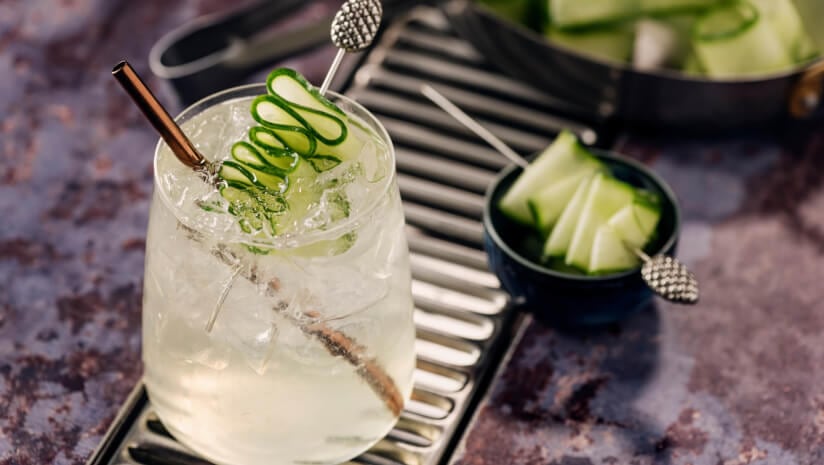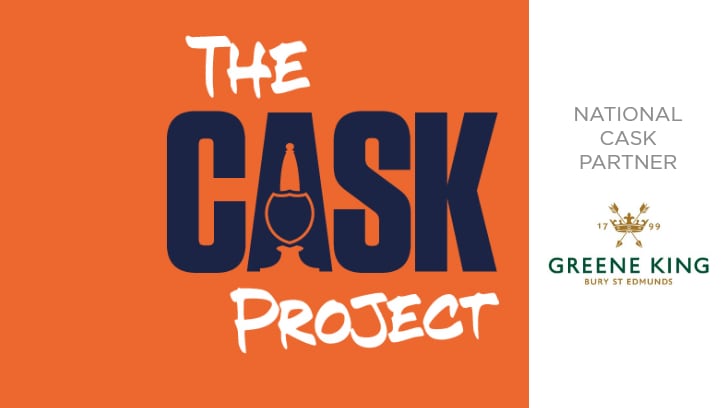Low & no is very much a staple for any thriving pub and the stats bear out why that should be the case.
Data tells us that 73% of consumers are moderating alcohol, with 13% consuming ONLY a beer of less than 3.5%.
Indeed, Drinkaware’s latest insight declares 45% of drinkers consumed low or no alcohol drinks in the past 12 months – and that’s up from 22% in 2021.
These figures sit beside the clear behavioural changes around so-called Zebra striping (following an alcoholic drink with a soft drink) and half of consumers preferring to drink two lower-ABV beers on a pub visit, than one stronger one.
At Adnams, we’ve seen firsthand how this category has grown and we’re not at all surprised that our Alcohol Free Ghost Ship – which first arrived only as recently as 2010 – is now a top selling alcohol free SKU and ranks as our biggest single product SKU, as well as being the best performing ale in its category.
Through our managed pubs and partnerships with licensees, we’re continually being reminded of an undeniable shift towards moderated drinking and can completely validate from our experience the stats that indicate some 30% of pub visits are now entirely alcohol-free.
Low & no becomes an essential
As a pub operator, it’s critical that front and centre of your low & no strategy is to understand your audience.
Customers in urban settings may be exploring low & no alongside cocktails or craft beers, seeking a great level of variety and flavour.
But in contrast, those served by rural pubs might have a different motivation for limiting alcohol – including that they are more likely to be driving to their pub of choice.
For operators of such venues – low & no becomes an essential.
Capitalising on the trend and curating the ideal menu mix is surely a priority for any licensee. It isn’t as simple as selecting the lowest ABV, and asserting that’s the one route your customer will prefer.
In fact, we’re this month launching our Ghost Ship Session IPA (with an ABV of 3.4%) because our insight helps us recognise the need for a hoppy pale ale beer style that sits neatly between the alcohol free and stronger variant in the family.
Remember too, as you collate your product mix, that you can capitalise on the profit benefit of beers below 3.5%, due to the duty rules.
Customers choosing low & no
Educating your team well and tracking performance should also be key factors in your journey of bringing in low & no. We do this fastidiously at Adnams.
It is clear customers are actively choosing low & no when it’s well represented and promoted, so always consider how you’re promoting, both inside and outside of your venue.
With 2025 rapidly heading toward the winter and festive season, we continue to see that venues with a genuine low & no strategy integrated into their pub experience, will be all the stronger for it.
We anticipate even more options and innovation as 2026 appears over the horizon (more light fruit beers and radlers – our Bitburger 1.9% ABV is an example of this) and the key is to ensure guests are excited by testing and tasting these – rather than staying with the one or two choices they’ve become used to.
Low & no has served up a superb opportunity for licensees and operators and the trend will only evolve at pace in the year ahead.
Top tips for improving your low & no offer:
- Consider your audience, their location and the reason for their evolving choices
- Educate team on the selection
- Develop sales of low & no with a draught alcohol-free beer and lower strength 3.4% ABV beer on your bar
- Track, track and track some more – always know what is working
- Capitalise on the duty break below 3.5% ABV
- Don’t be constrained by the belief that consumers expect lower ABV choices from premium brands to be cheaper – they don’t…
- Market well – inside and outside of your pubs
- Keep exploring new offerings and adding to your portfolio.



